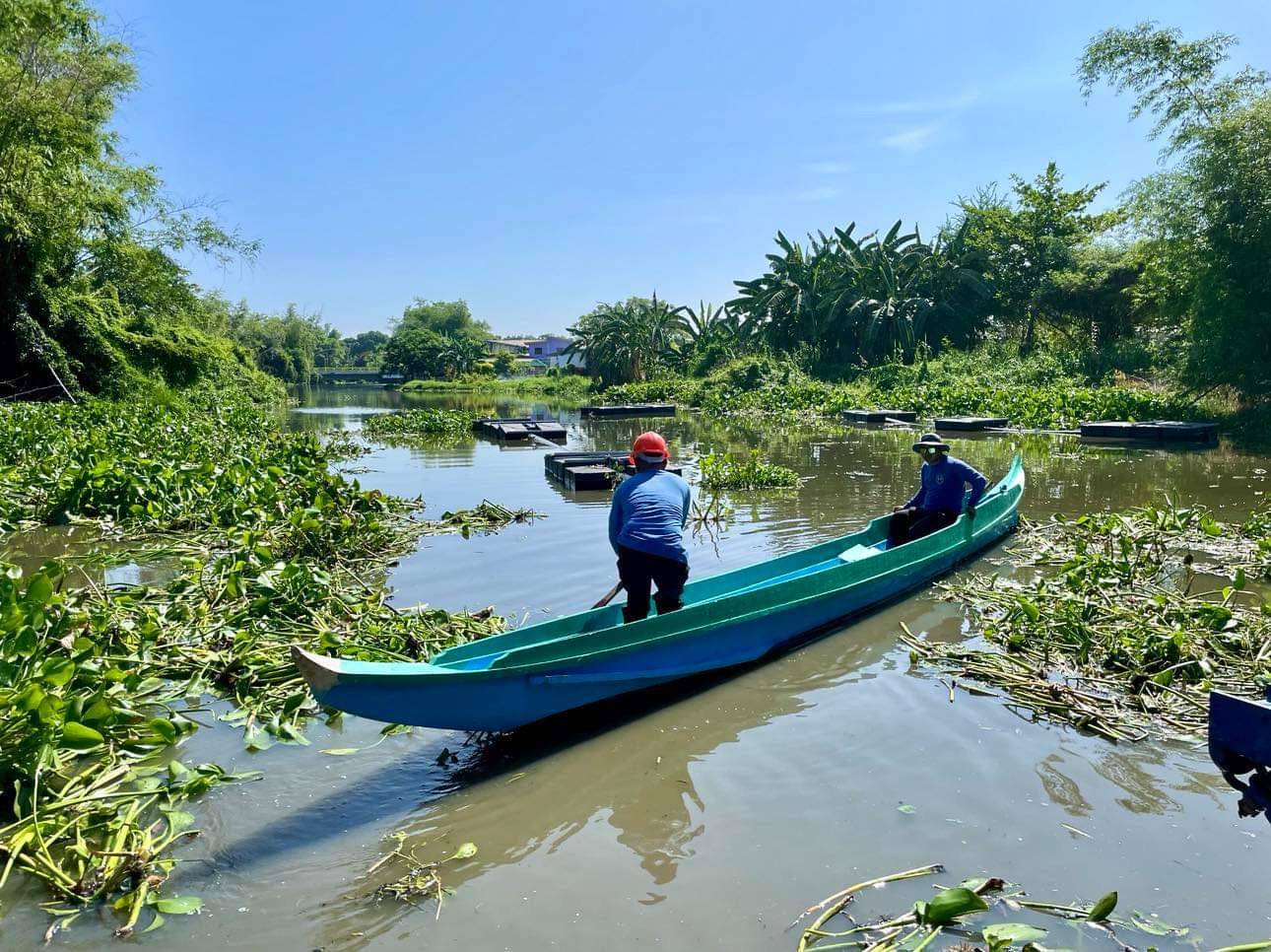Central Luzon braces for La Niña even as dry spell still rages

CITY OF MALOLOS—Officials in Central Luzon have already started dredging and clearing rivers and waterways in preparation for the expected rains that will be spawned by La Niña that is set to begin next month.
Even if the region is still experiencing the dry spell caused by the El Niño phenomenon, officials of the Department of Public Works and Highways (DPWH) offices in Central Luzon and the provinces of Pampanga and Bulacan have started clearing rivers, waterways and shores of tons of hyacinths, sediments, garbage, and other types of waste and silt.
Heavy siltation caused by tons of hyacinths in Tulaoc and Paligui rivers in San Simon, Pampanga, and Guiguinto River in Guiguinto, Bulacan, had submerged in floodwaters the low-lying areas in the two towns when Typhoons “Egay” (international name: Doksuri) and “Falcon” (Khanun) hit the country in July and August last year.
Antiflood solutions
In San Simon, motorists endured long hours of traffic in flooded areas near the Tulaoc Bridge along both lanes of North Luzon Expressway after Tulaoc River overflowed, while in Guiguinto, floodwaters in a community near the municipal hall reached up to 8 meters when the hyacinth-clogged Guiguinto River also overflowed.
La Niña was expected to develop in the June-July-August 2024 rainy season, during which time the sea surface temperatures in western Pacific are warmer than normal, bringing more rainfall and severe floods, an advisory from the Philippine Atmospheric, Geophysical and Astronomical Services Administration said.
“We have been [working] in double time to finish our dredging and clearing before the start of the rainy season in June and July,” said Melquiades Sto. Domingo, DPWH-Central Luzon assistant regional director, as they would like to prevent last year’s major floods caused by the heavily silted rivers in San Simon and Guiguinto.
On April 29, the Bulacan provincial government launched the desilting project of major rivers and waterways in partnership with DPWH and the Department of Environment and Natural Resources and to be undertaken by TCSC Corp., a Filipino-owned mining and dredging company.
An estimated 282 million cubic meters or 15,000 dump truck loads of sediments, silt and waste had to be removed from Bulacan’s rivers and waterways, said Bernilo Pacheco, TCSC assistant to the president, during the April 29 briefing with local officials led by Gov. Daniel Fernando.
In the City of Malolos, the local government will receive a P170-million grant from The Netherlands for a nature-based flood control project, said Mayor Christian Natividad.
The grant was announced during a visit to the city in March by Dutch Ambassador to the Philippines Marielle Geraedts, who said that the coastal villages of Pamarawan, Panasahan and Bagna—considered the catch basin of floods in the city—will be the project’s beneficiaries.
In these areas, creating sediment traps using bamboo and mangroves is the most applicable process, said Franco Rebarter, senior policy officer at the Dutch Embassy in the Philippines. INQ
















